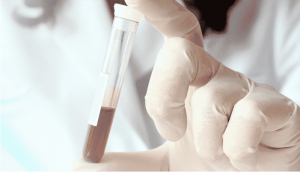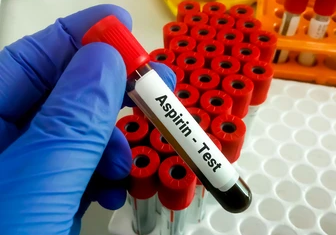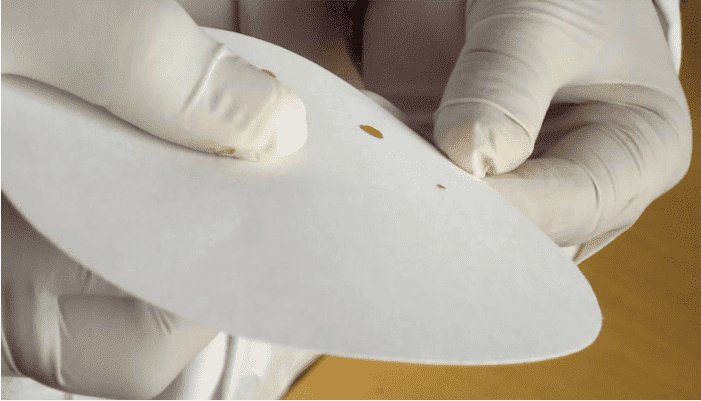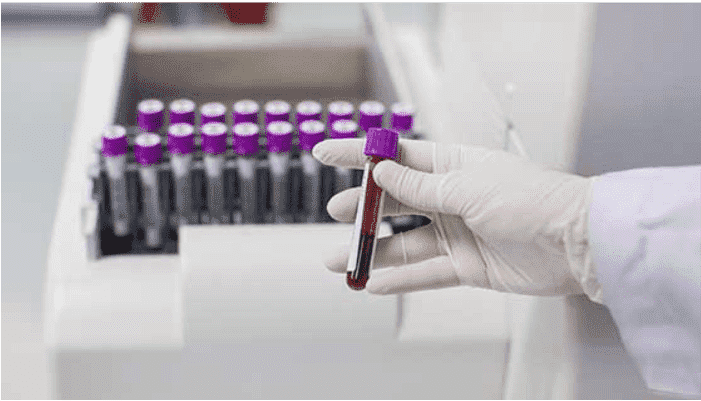Protein S Test

Specimen: Plasma
Container: Blue top (sodium citrate) tube
Turnaround Time: 48 hours
🧊 Storage Instructions
Prior to assay, the plasma sample may be stored at -20°C (preferably -70°C) for up to 30 days.
📊 Reference Ranges
- Total Protein S
Males: 78% – 103%
Females: 70% – 122% - Free Protein S
Males: 69% – 149%
Females: 50% – 130%
⚠️ Limitations
Patients with normal protein S antigen levels may still exhibit functional protein S deficiency, which could contribute to a hypercoagulable state.
🔬 Methodology
- Electroimmunodiffusion (Laurell rocket)
- Enzyme Immunoassay (EIA)
ℹ️ Clinical Background
Protein S is a vitamin K-dependent plasma protein and essential cofactor for activated protein C. It inhibits clot formation by enhancing the inactivation of coagulation factors Va and VIIIa. Around 60% of protein S is bound to C4b-binding protein and inactive; the remaining unbound portion is functionally active and circulates freely.
🩺 Clinical Significance
- Deficiency of protein S—congenital or acquired—is associated with increased risk of venous thrombosis.
- Protein S deficiency has been linked to conditions such as inflammatory bowel disease, chronic renal failure, HIV infection, and coumarin-induced skin necrosis.
- Use of oral contraceptives may reduce plasma levels of protein S.
- Both antigenic and functional assays are needed to fully evaluate deficiency status.
🧬 Noteworthy Cases & Research
Protein S deficiency has been associated with:
- Recurrent deep vein thrombosis (DVT)
- Cerebral venous thrombosis
- Congenital arteriovenous malformations
📚 References
- Andrew M, et al., Blood, 1992; 80(8):1998–2005.
- Graves-Hoagland RL & Walker FJ, Seminar on Diagnostic Hematology, 1988.
- Schwarz HP, et al., Blood, 1989; 74(1):213–21.
- Stahl CP, et al., Blood, 1993; 81(7):1801–7.
- Jacobs et al., Laboratory Test Handbook, Lexi‑Comp Inc, 1994.


